We explain what forests are, how they are classified, and the flora and fauna they host. In addition, we explore their characteristics and importance.

What is a forest?
A forest is a biome characterized by the presence of trees and shrubs as dominant vegetation. Forests contain much of the planet's biodiversity, and are found on all five continents except Antarctica. Their specific characteristics depend on the climate, topography, and soil of their location. For this reason, the components and biodiversity of forests vary greatly across the different regions of Earth.
Forests play a crucial role in maintaining the planet's ecological balance and supporting human and animal life. Their environmental services are manyfold: they produce oxygen and capture carbon dioxide through photosynthesis, serve as natural habitats for a wide variety of species, and provide raw materials and resources for human societies.
Throughout history, humans have used forest resources, often without taking into account the biological cycles of the ecosystems they encompass. This has led to environmental issues that have destroyed vast expanses of forest area, and which today are threatening existing ones due to high levels of deforestation and pollution.
- See also: Biomes

Characteristics of forests
Forests have the following characteristics:
- Their predominant vegetation is trees and shrubs.
- They appeared on Earth approximately 400 million years ago.
- They are found on all continents except Antarctica.
- They play a crucial role in the planet's ecological balance.
- They host a wide variety and diversity of plant and animal species.
- They can be classified by foliage, vegetation type, and climate.
- Their surface area has decreased in recent years due to forest fires and deforestation.
Origin of forests
Forests appeared on Earth nearly 400 million years ago, when the first plant organisms abandoned the sea and adapted to life on land. During this process, they made use of rainfall to grow and develop, absorbing carbon dioxide from the atmosphere to produce oxygen.
Competition for sunlight and soil resources led to the development of taller plant species such as trees, which continued evolving and adapting to the ecological changes that occurred on planet Earth over geologic time. These changes, including continental shift and climatic fluctuations, gave rise to various types of forests in different locations, with a variety of climates, soils, and elevation.
Distribution of forests
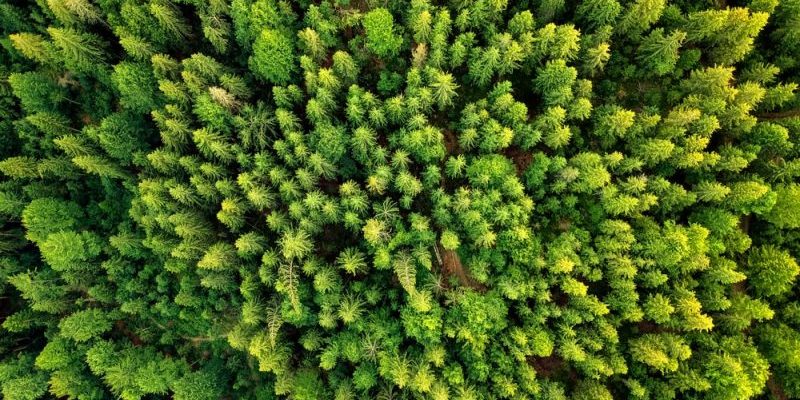
Forests are found on every continent except Antarctica. They exist in the most diverse latitudes and climatic regions, covering approximately 4 billion hectares, which accounts for 30% of Earth's surface.
It is estimated that the largest forested areas by country are in Russia, Brazil, Canada, the United States, China, and the Democratic Republic of Congo.
Types of forests by tree foliage
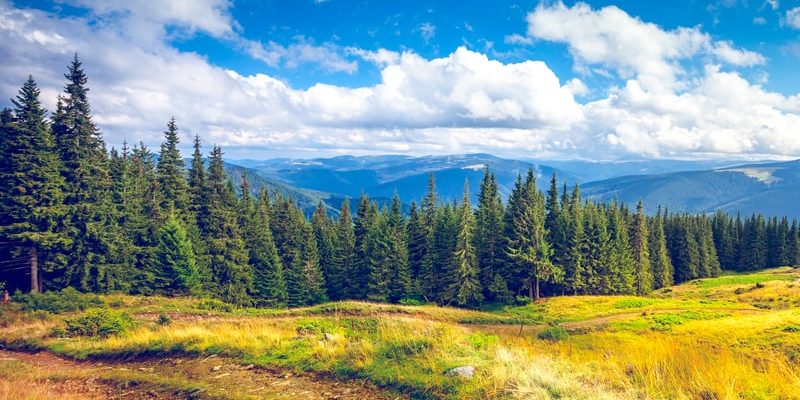
Forests can be classified according to the presence or absence of leaves on their trees during autumn and the onset of cold weather. According to this feature, they are:
- Deciduous forests. They are forests that lose their leaves during part of the year, typically in the colder months.
- Evergreen forests. They are forests that retain their leaves all year round.
Types of forests by vegetation
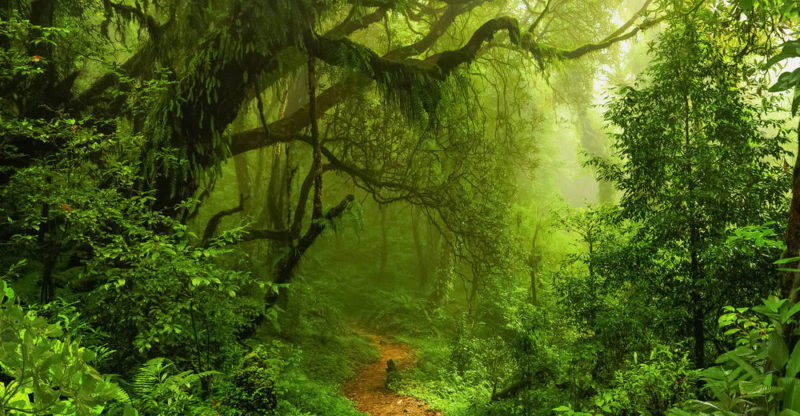
Based on the prevailing vegetation and tree leaf shape, forests can be classified into:
- Broad-leaf forests (wide leaf). Forests whose trees have broad leaves and dense branches, leading to important competition for sunlight. As a result, trees tend to be very tall and well-developed. These forests are typical in hot, rainy regions.
- Coniferous forests (acicular leaf). Forests whose trees have thin, needle-like leaves. These are generally evergreen species that grow in cold, rainy environments.
- Mixed forests. Forests that combine broadleaf and coniferous species, typically found in transition regions between cold and warm climates.
Types of forests by climate
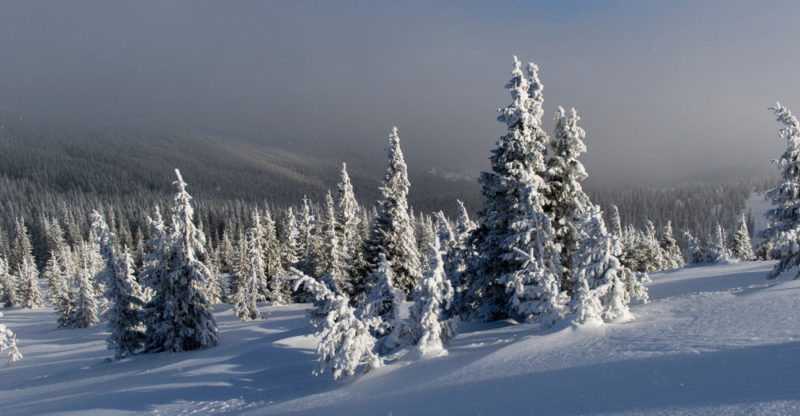
Forests can be classified according to the climate in which they occur. Based on this feature, the following types exist:
- Boreal forests. They are found in polar or subpolar climates. They are typically composed of evergreen conifers adapted to low temperatures.
- Temperate forests. They occur in temperate and continental climates, particularly in warmer regions. This type of forest can be broad-leaf deciduous or evergreen coniferous, adapted to regions with considerable thermal variations, with warm summers and cold winters.
- Subtropical forests. They thrive in humid or dry subtropical regions, and are characterized by mixed vegetation.
- Tropical or rainforests. They are found in regions near the equator, where rainfall is abundant, and it is hot most of the year. Also referred to as jungles, they host a wide variety of tree and shrub species adapted to humidity and high temperatures.
Flora and fauna of forests
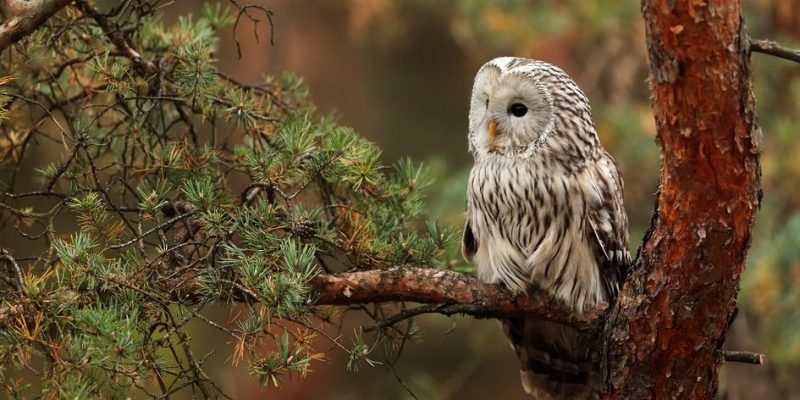
In tropical and subtropical forests, vegetation is characterized by broadleaf trees such as mahogany and palms, along with an abundance of epiphytic plants like orchids and lianas. These types of forests are known for their extraordinary biodiversity. Animals include monkeys and lemurs, exotic birds such as macaws and toucans, as well as amphibians and reptiles.
In boreal forests, plant life is dominated by conifers like spruces and firs, alongside mosses and lichens adapted to low temperatures. As for animal life, examples include mammals adapted to extreme cold such as reindeer and moose, migratory birds, and a variety of insects that cope with the low temperatures.
Temperate forests host a mix of broadleaf and coniferous species, including oaks, maples, firs, and pines. Fauna is diverse, featuring mammals like deer and foxes, a wide range of bird species, and numerous insects and invertebrates.
Environmental importance of forests
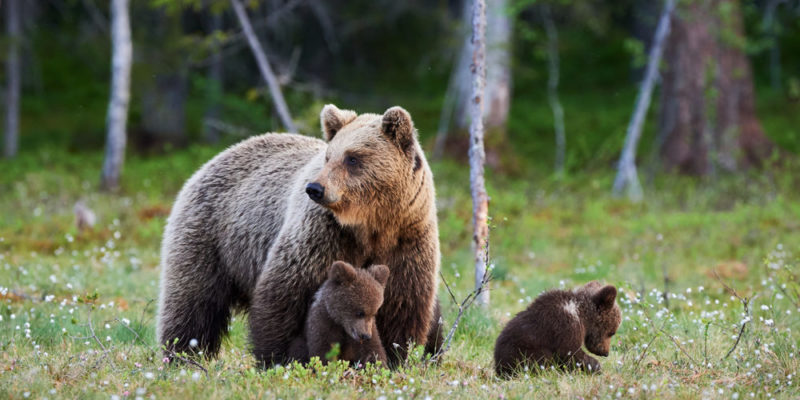
Forests play a vital role for life on the planet.
- Oxygen production. Forests help replenish oxygen in the atmosphere by absorbing carbon dioxide (CO2) and releasing oxygen through photosynthesis.
- Carbon storage. Forests act as carbon sinks by absorbing CO2 during photosynthesis, helping mitigate climate change by reducing atmospheric CO2 levels.
- Biodiversity. Forests are home to a rich biodiversity, hosting an extraordinary variety of plant and animal species, and microorganisms.
- Wildlife habitat. Forests provide shelter, food, and breeding grounds for a large number of animals. They are vital for the survival of species ranging from mammals and birds to insects and fungi.
- Water cycle control. Forests play a key role in the hydrologic cycle. They absorb water through roots and release it into the atmosphere through leaf transpiration, contributing to cloud formation and rainfall occurrence. This helps maintain river flows, prevent floods, and recharge aquifers.
- Soil protection. Tree and plant roots help prevent soil erosion by acting like an anchor, holding the soil together.
- Resource supply. Forests provide a wide range of natural resources that are essential for human life, medicine, and industry.
- Recreational and cultural value. Forests hold cultural as well as recreational value. They are used for sports and tourism, and serve as cultural and spiritual sites for a large number of communities.
Economic importance of forests
Forests play an important role in the economy by providing a broad range of environmental services and natural resources:
- Timber products. Wood is an essential forest-derived resource used in a variety of industries, such as construction, furniture manufacturing, and paper production. The timber industry provides employment to millions of people worldwide.
- Non-timber products. Forests provide a variety of non-timber products, including fruits, resins, and medicinal plants, which are essential for ensuring food security and generating income for local communities living near or in forests.
- Tourism and leisure. Forests attract tourists and nature enthusiasts, generating income through ecotourism and recreational activities. Their scenic beauty and biodiversity make forests valuable tourist destinations.
Economic importance of forests
The main environmental issues threatening forests nowadays are:
- Deforestation. One of the main causes of forest loss over the past centuries, deforestation remains the biggest threat. It is mostly caused by the expansion of agricultural and livestock lands, where forests are cleared to increase farmland areas.
- Wildfires. Forest fires destroy vast forest areas every year. While some occur naturally, many result from human accidents, with a large percentage of them being intentional. Deliberate fires are often linked to economic activities and real estate developments.
- Pollution. Air and water pollution from human activities in forests negatively impacts soil quality, plant growth, and animal health.
- Climate change. Climate change affects forests by altering weather patterns, causing temperatures to rise, and changing the distribution and reproduction cycles of species. This causes shifts in the composition of the flora and fauna, and increases the frequency of extreme weather events such as floods.
Explore next:
References
- Educ.ar. (s.f.). Selvas, bosques y humedales en peligro. Ministerio de Educación de la Nación Argentina. https://www.educ.ar/
- National Geographic. (2015). Amenazas para los bosques pluviales. https://www.nationalgeographic.es/
- Seguí, P. (2019). Bosques. Qué son, ubicación geográfica y tipos de bosques. Ovacen. https://ecosistemas.ovacen.com/

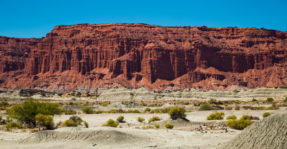
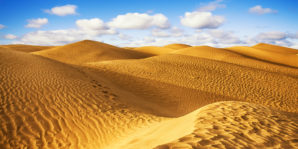
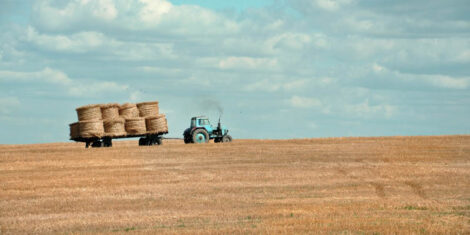

Was this information useful to you?
Yes NoThank you for visiting us :)